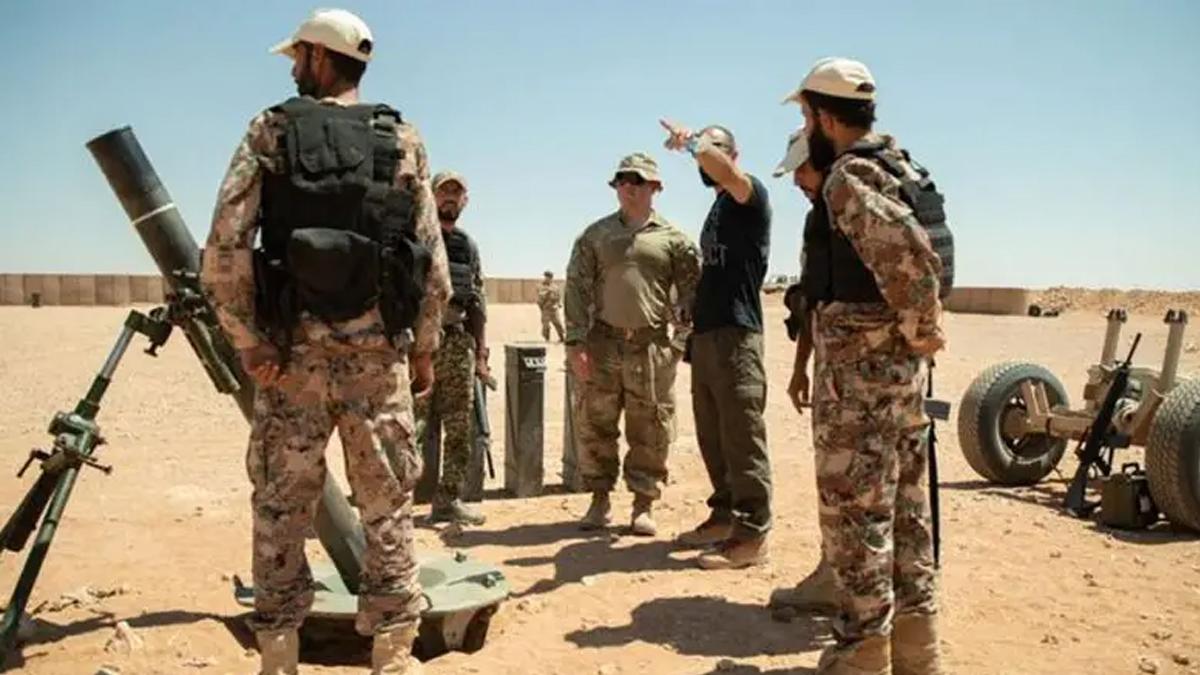The recent drone attack on Tower 22 in Jordan marks the third strike on the base within six months, exposing a vulnerability in US defenses that the Pentagon is urgently addressing. Tower 22 witnessed two prior attacks by one-way drones, according to an unnamed Defense official.
During Sunday's attack, a one-way drone targeted the base on Jordan's border with Syria, resulting in the tragic loss of three US troops and injuring at least 34 others. The White House attributes the attack to Iranian-backed militias, which have grown increasingly menacing in recent weeks. Reports indicate over 150 such attacks on US bases in the Middle East since Israel's invasion of Gaza.
This assault, the first to claim the lives of US troops, prompted President Joe Biden and Defense Secretary Lloyd Austin to vow retaliation at a "time and place of their choosing." The drone detonated near living quarters at the logistics base, housing around 350 US soldiers and airmen.
One-way drones, which operate without an operator steering them after launch, pose a unique challenge. In response to this emerging threat, the Pentagon conducted tests in July for counter-small Unmanned Aircraft Systems in Arizona. High-powered microwaves showed promise in neutralizing the drones, according to Army Major General Sean Gainey, Director of the counter-drone office.
While President Biden blames Iran for the recent attack, the Pentagon has long accused Iran of training and arming militants to utilize drones, rockets, and missiles in attacks across the Middle East. NATO Secretary General Jens Stoltenberg affirmed Iran's involvement during a meeting with Defense Secretary Lloyd Austin and Air Force General Charles Q. Brown.
The use of one-way attack drones reflects a shift toward improvised explosive devices (IEDs), reminiscent of the tactics employed during the wars in Iraq and Afghanistan. Just as with IEDs, militants leverage affordable and readily available materials to exploit vulnerabilities in Pentagon defenses.
Major General Sean Gainey emphasized the absence of a one-size-fits-all solution, and although high-powered microwaves show promise, a multifaceted defense approach is necessary. As the threat landscape evolves, defending against drones will likely become a crucial aspect of future battlefield strategies, according to Gainey.
(With Agency Inputs)
ALSO READ | Joe Biden Blames Death of 3 US Troops in Jordan to Iranian-Backed Groups


















